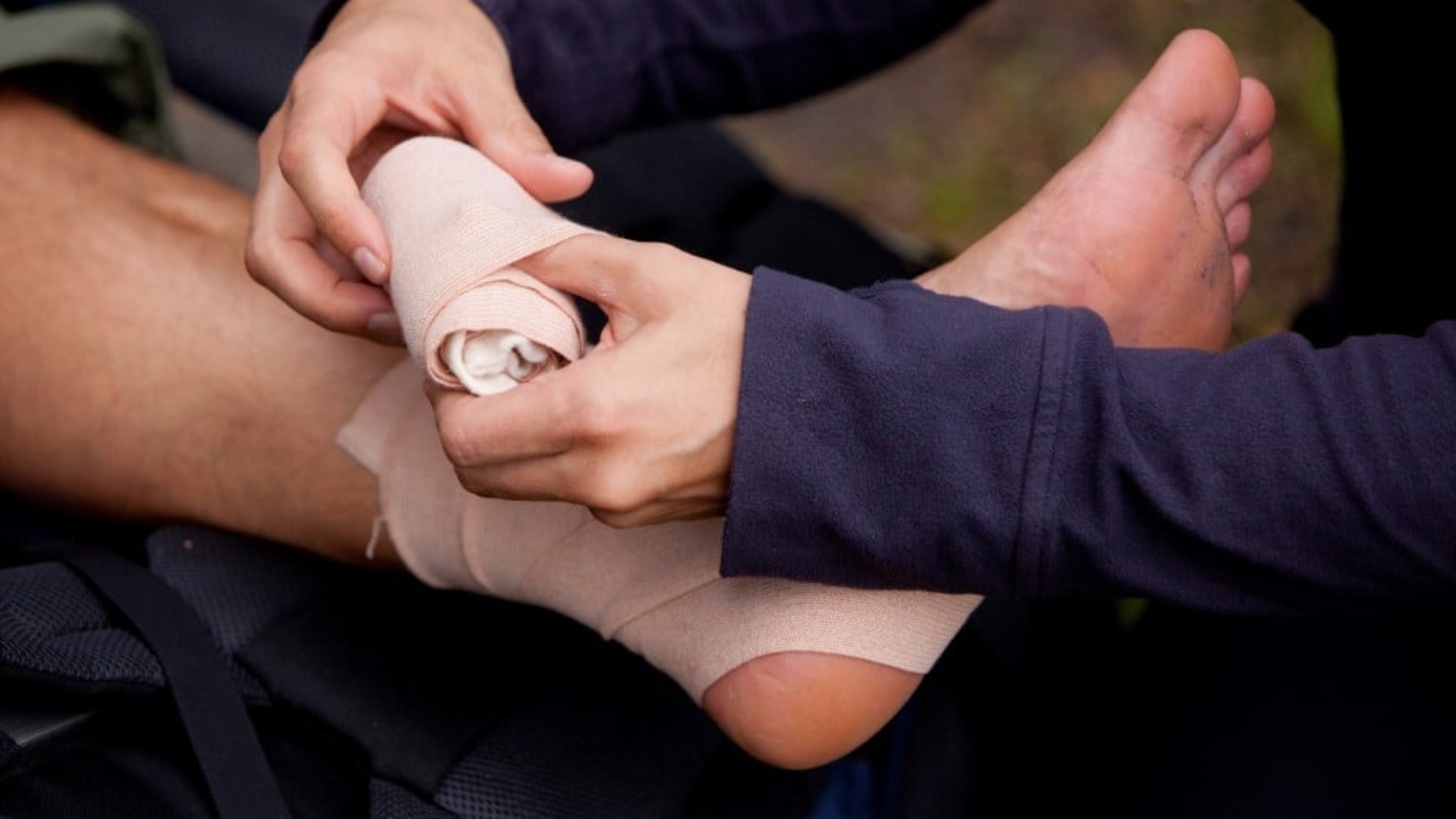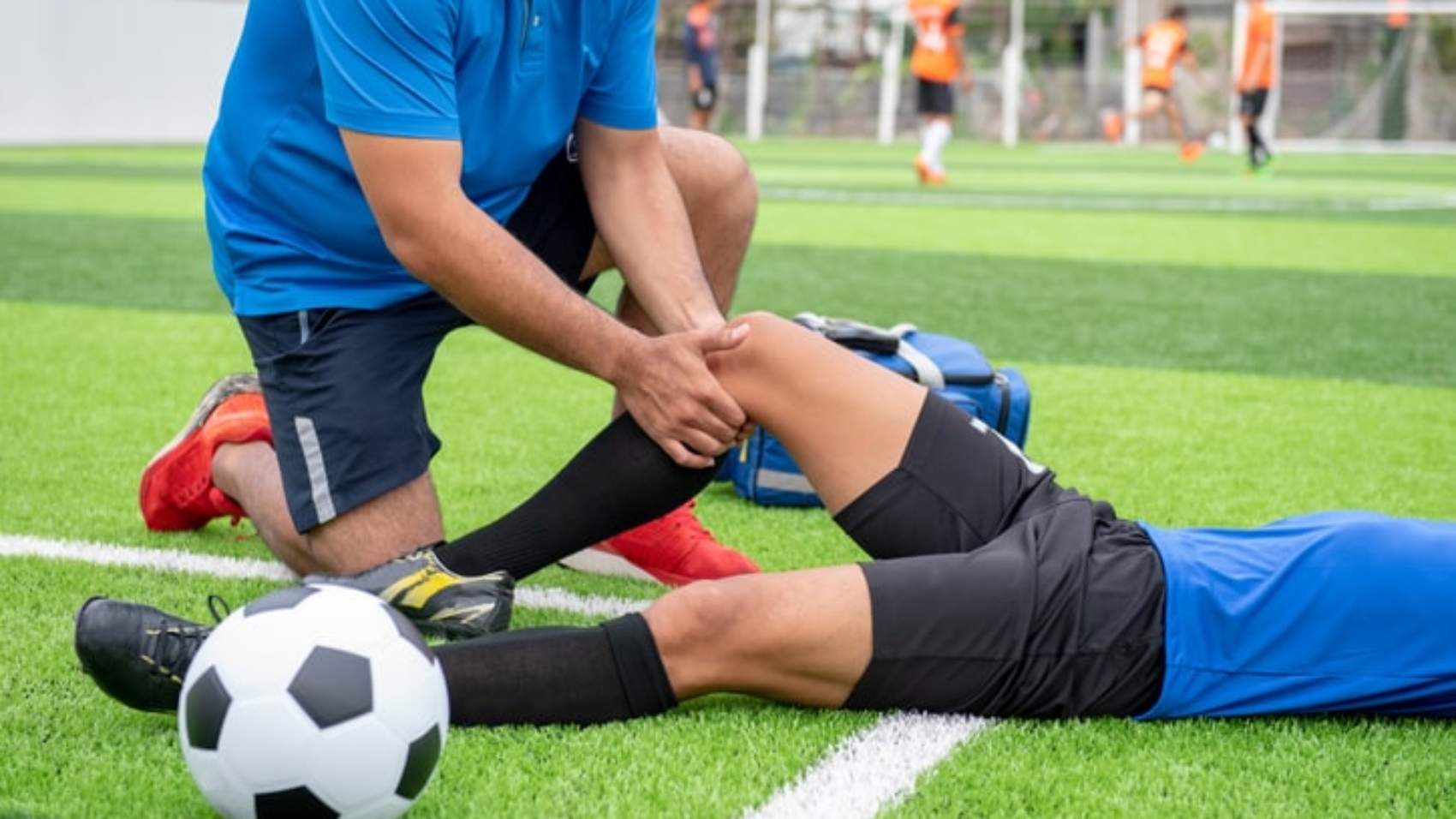Neglected ankle ligament injuries can have significant long-term effects on an individual’s overall mobility, stability, and quality of life. The ankle is a complex joint with multiple ligaments that provide support and stability during movement. When these ligaments are injured and not properly treated, the consequences can extend far beyond the initial incident.
One of the primary long-term effects of neglected ankle ligament injuries is chronic instability. Ligaments play a crucial role in maintaining the structural integrity of the joint, and when they are damaged and not rehabilitated, the ankle becomes more susceptible to recurrent sprains and instability. This chronic instability can affect a person’s ability to walk, run, and engage in physical activities without the fear of further injury.
Over time, neglected ankle ligament injuries can lead to joint degeneration. The constant strain on the joint due to instability may contribute to the development of osteoarthritis. Osteoarthritis is characterized by the breakdown of cartilage in the joint, resulting in pain, stiffness, and reduced range of motion. In severe cases, individuals may experience difficulty performing daily activities and may require more invasive interventions such as joint replacement surgery.
Functional limitations are another long-term consequence of neglected ankle ligament injuries. The inability to move the ankle joint freely and without pain can impact one’s overall functionality. Simple tasks like climbing stairs, walking on uneven surfaces, or participating in recreational sports may become challenging or even impossible, diminishing the individual’s overall quality of life.
Psychological effects are also noteworthy in cases of neglected ankle ligament injuries. Chronic pain and functional limitations can contribute to feelings of frustration, anxiety, and even depression. The inability to engage in activities that were once enjoyable may lead to a sense of isolation and reduced social participation, affecting both mental and emotional well-being.
Addressing neglected ankle ligament injuries promptly is crucial to preventing these long-term effects. Proper rehabilitation, including exercises to strengthen the ankle muscles and improve range of motion, is essential. Physical therapy can play a significant role in restoring stability and function to the ankle joint. In some cases, surgical intervention may be necessary to repair severely damaged ligaments and prevent further complications.
In conclusion, neglected ankle ligament injuries can have far-reaching consequences that extend beyond the initial period of injury. Chronic instability, joint degeneration, functional limitations, and psychological impacts are all potential long-term effects. Seeking prompt and appropriate medical attention, including rehabilitation and possibly surgical intervention, is crucial to mitigating these effects and preserving overall ankle health.



